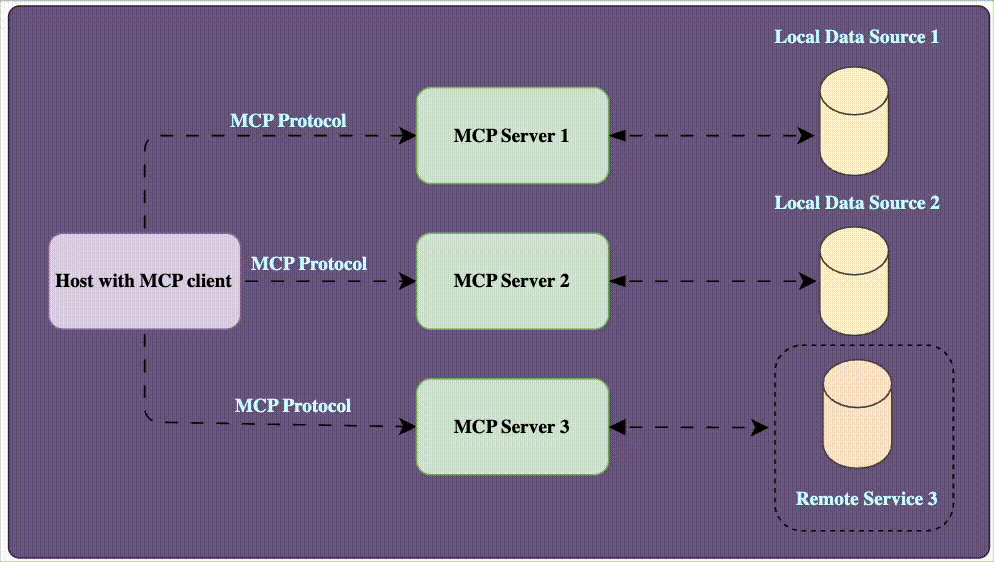What Is MCP (Model-Context Protocol)?
The Model Context Protocol is an open standard that enables developers to build secure, two-way connections between their data sources and AI-powered tools. The architecture is straightforward: developers can either expose their data through MCP servers or build AI applications (MCP clients) that connect to these servers.
MCP Breakdown
Model
Defines the abstract behavior (e.g., linearizability, serializability).
Example: Strong consistency for all reads/writes to a range.
Context
The scope of the operation (e.g., a range/partition/shard).
Example: In Spanner or CockroachDB, each range or tablet has its own Raft group — that's the context.
Protocol
The consensus algorithm used (Raft, Paxos, etc.).
Operates within a context to enforce the model.
Example: Raft within a shard to maintain consistency of key-value pairs.
How We Can Use MCP
You can apply MCP when building systems that:
Use partitioned data (sharded DB, distributed key-value store).
Need strong consistency per partition.
Want scalable consensus (avoid a single Raft/Paxos for the entire system).
Instead of 1 large Paxos group, you run many independent Raft groups, one per shard/range, and MCP ties them together with unified semantics.
Real-World Use Cases
Keep reading with a 7-day free trial
Subscribe to Better Engineers to keep reading this post and get 7 days of free access to the full post archives.


